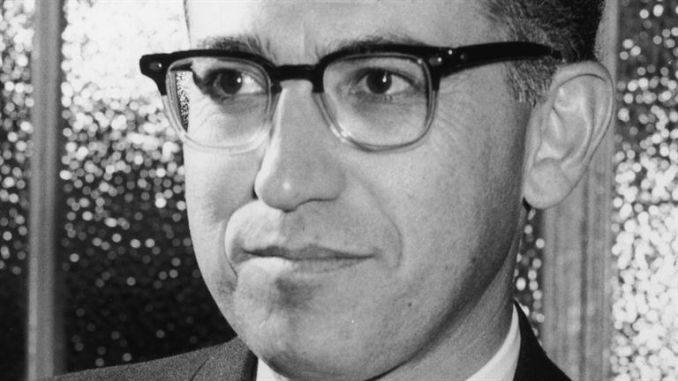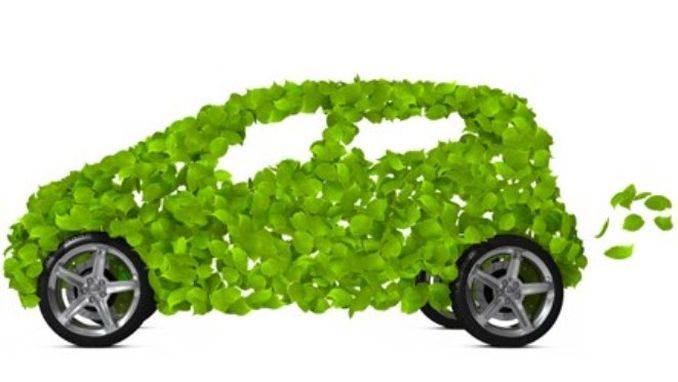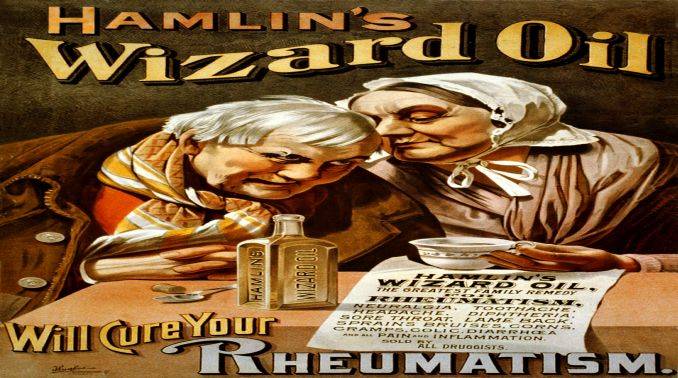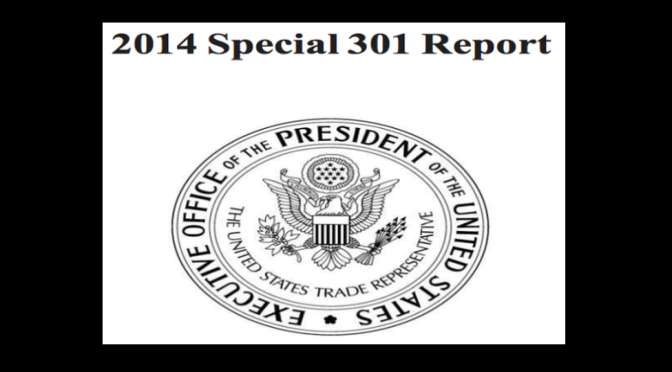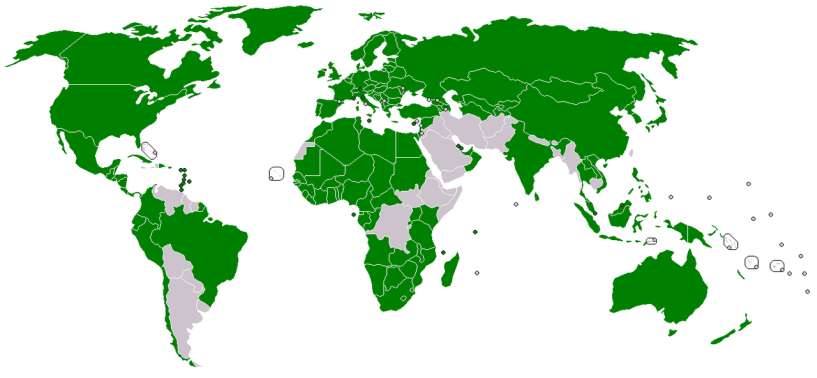This post was first published on 15th July, 2014.
A provisional patent application is usually filed with a singular purpose - To gain the first (earliest) filing date or to gain priority for the application. As we are aware, gaining priority or an earlier filing date is imperative to the patent grant process. Why then, do we find so many of us opting to post-date their provisional application before filing a complete specification?
Post-dating refers to the shift in the Priority date of an…




